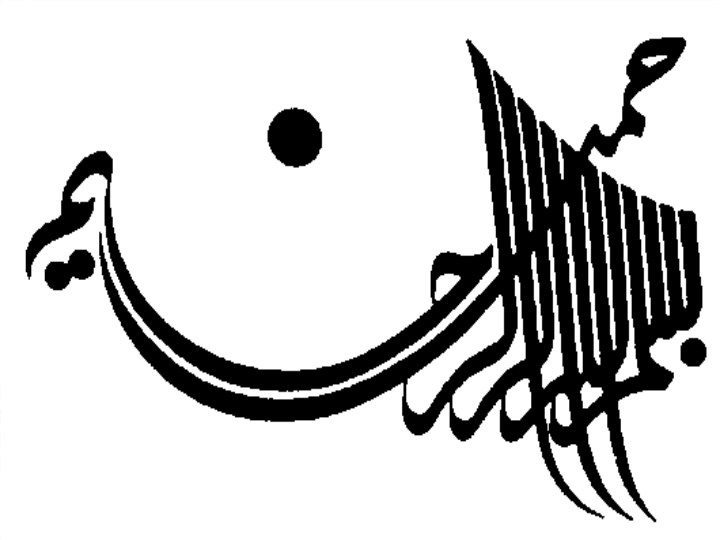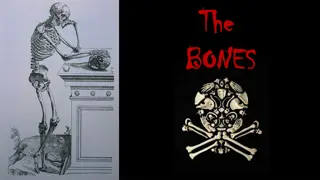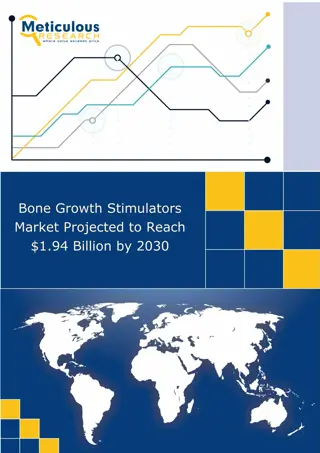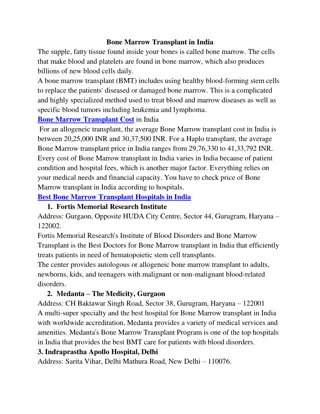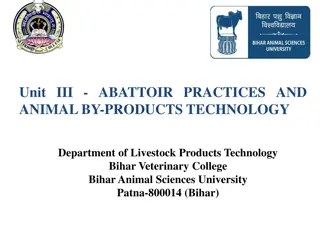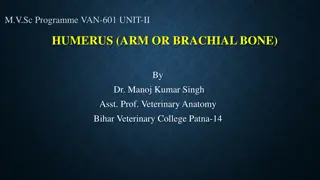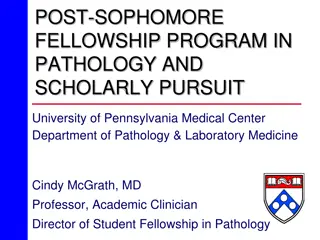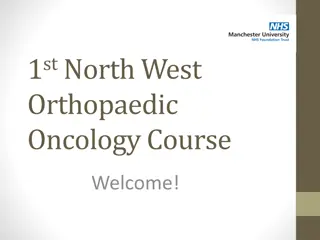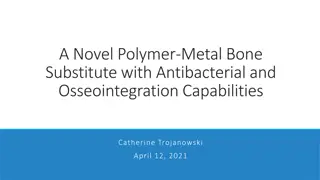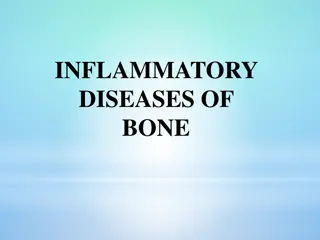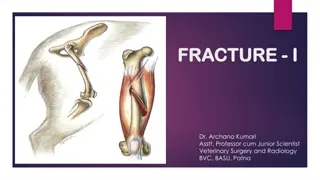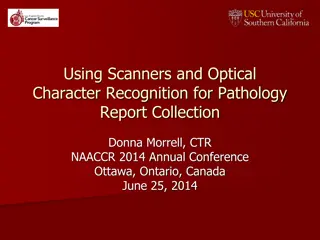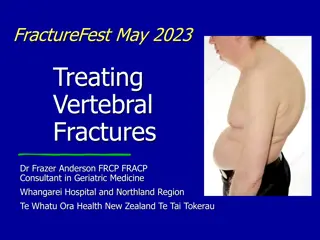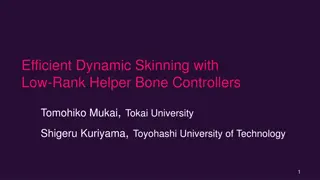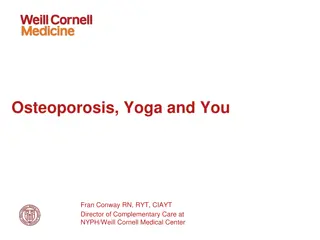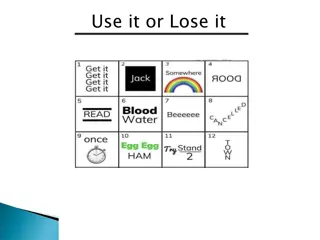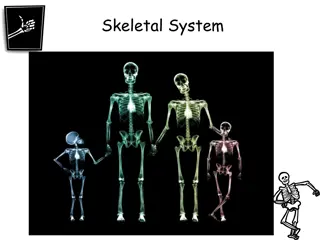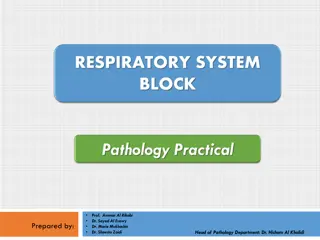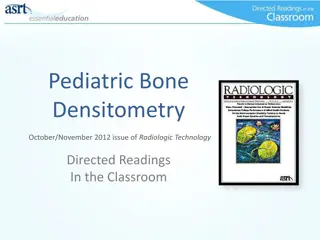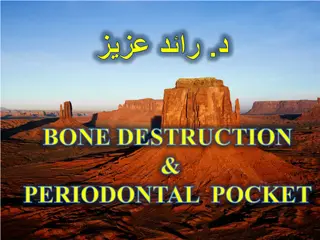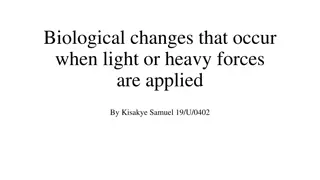Bone Pathology Insights
This content delves into bone pathology, focusing on osteogenesis imperfecta and cleidocranial dysplasia. Covered topics include etiology, clinical features, radiographic hallmarks, histopathology, and treatment options for these inherited bone diseases.
Download Presentation

Please find below an Image/Link to download the presentation.
The content on the website is provided AS IS for your information and personal use only. It may not be sold, licensed, or shared on other websites without obtaining consent from the author.If you encounter any issues during the download, it is possible that the publisher has removed the file from their server.
You are allowed to download the files provided on this website for personal or commercial use, subject to the condition that they are used lawfully. All files are the property of their respective owners.
The content on the website is provided AS IS for your information and personal use only. It may not be sold, licensed, or shared on other websites without obtaining consent from the author.
E N D
Presentation Transcript
BONE PATHOLOGY CHAPTER 14
Osteogenesis Imperfecta The most common type of inherited bone disease Etiology: mutation of COL1
Clinical feature Bone fragility Blue sclerae Hearing loss Altered teeth resemble dentinogenesis imperfecta Opalescent teeth: blue to brown premature pulpal obliteration Increased prevalence of class 3
Radiographic hallmarks Osteopenia Multiple fractures Wormian bones Deformity of the long bones
the most common & mildest fractures: during preschool years sclerae: blue at all ages hearing loss: before 30 1 Most severe form 90% die before 4 weeks 2 3 Most severe form after perinatal period Sclerae : normal or pale blue Fracture: 50% at birth Sclerae: normal or pale blue----> fades later 4
Histopathology Immature bone Bone matrix production
Treatment No cure Symptomatic improvement BONE PATHOLOGY CHAPTER 14
Cleidocranial dysplasia Etiology: mutation of CBFA1
Clinical features Clavicles hypoplasia& skull anomalies Hypotelorism Hearing loss Cleft palate Narrow , high-arched palate Retention of deciduous teeth Failure of eruption of permanent teeth
Radiographic view Delayed closure of sutures & fontanels Wormian bones Numerous unerupted teeth
Histopathology Lack of secondary cementum loss
Treatment & Prognosis Removal of primary & sup. Teeth BONE PATHOLOGY CHAPTER 14 Exposure of permanent teeth
Clinical features Asymptomatic Radiolucent lesion Adult women, posterior mandible, edentulous areas, no exp
Histopathology: hematopoietic & fatty marrow Treatment: not needed
IDIOPATHIC OSTEOSLEROSIS Focal area of increased density of unknown cause
Clinical features Late 1stor early 2nddecade Asymptomatic, no exp 90% mandible,first molar BONE PATHOLOGY BONE PATHOLOGY CHAPTER 14 CHAPTER 14
Radiographic view Well defined radio dense mass Usually at root apex Root resorption---> uncommon
Diagnosis& Treatment Diagnosis History BONE PATHOLOGY CHAPTER 14 +radiography +clinical feature Treatment Periodic radiograph No treatment is indicated
Pagets disease definition Etiology
Clinical features Men, older adults BONE PATHOLOGY BONE PATHOLOGY Monostatic Polyostatic Lumbar vertebrae,pelvis, skull, femur Bone: pain, thick, enlarged, weak Simian stance Circumference of the head Maxilla > Mandible Leontiasis ossea CHAPTER 14 CHAPTER 14
Radiographic view Reduced radiodensity radiolucency sclerotic bone Cotton wool appearance Hypercementosis Lincoln s sign
Histopathology Basophilic reversal lines Jigsaw puzzle
Laboratory tests Alkaline phosphatase Ca , P : normal Urinary hydroxyproline
Treatment & Prognosis Pain NSAIDs Antiresorptive BONE PATHOLOGY CHAPTER 14 Dental consideration Development of malignancy osteosarcoma giant cell tumors
Clinical feature Female BONE PATHOLOGY Mandible, anterior portion Asymptomatic nonaggressive aggressive: pain, perforation root resorption, rapid growth CHAPTER 14
Radiographic view Well delineated radiolucent defects Multifocal: hyperparathyroidism cherubism
Histopathology Ovoid to spindle mesenchymal cells Multinucleated giant cells (osteoclast)
Treatment Curretage 11-50% rec Aggressive types
CHERUBISM Chromosome 4
Clinical feature Chrublike faces Eyes upturned to heaven Mandible: painless bilateral exp. posterior areas Maxilla : milder tuberosity
Radiographic view Multilocular, expansile radiolucencies
Histopathology Like CGCG Giant cells : small & focal Cufflike eosinophilic deposites
Treatment & Prognosis Varying degrees of remission after puberty BONE PATHOLOGY CHAPTER 14 Treat or observe Irradiation is contraindicated
Simple Bone Cyst Definition Etiology: trauma-hemorrhage theory Pseudocyst
Clinical feature Common in jaws : mandible molar & premolar area Age: 10-20 asymptomatic
Radiographic view Well delineated radiolucency Domelike projection Vital teeth without resorption
Histopathology Psedocyst----> no ep. Lining Vascular fibrous connective tissue Trabeculae of reactive bone
Diagnosis & Treatment Surgical exploration After 6 months BONE PATHOLOGY CHAPTER 14
Aneurysmal Bone Cyst Intraosseous blood-filled spaces surrounded by connective tissue
Clinical feature unommon in jaws : posterior mandible Age: children & young adults Expansion( rapid ),pain
Radiographic view Unilocular or multilocular radiolucency + cortical exp. & thinning
Histopathology Spaces filled with blood surrounded by cellular fibriblastic tissue no endothelium Giant cells Osteoid & woven bone
Treatment & prognosis Curettage or enucleation cure After 6 months BONE PATHOLOGY CHAPTER 14 Irradiation is contraindicated
Fibro-osseous lesions Definition Developmental Dysplastic Neoplastic
